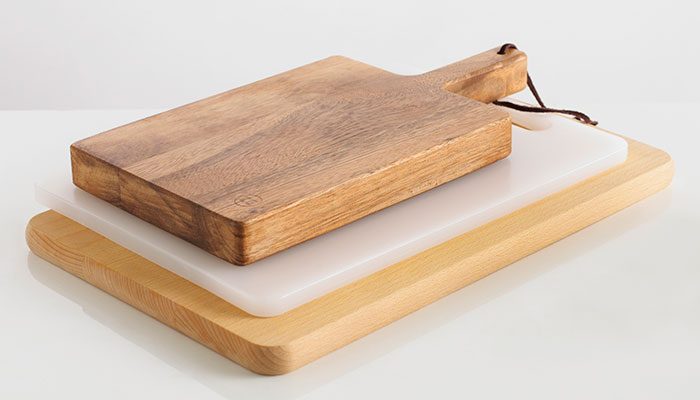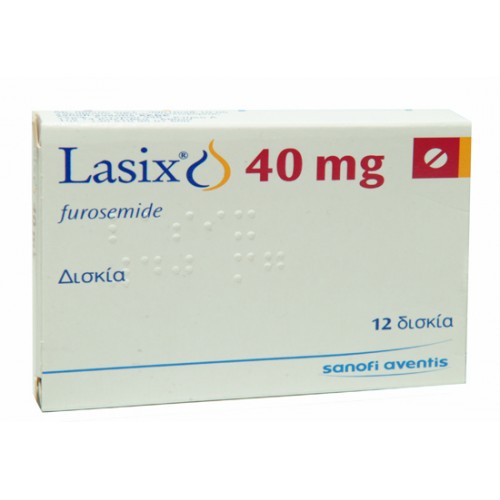Chopping boards are an essential tool in every kitchen, providing a safe and sturdy surface for slicing, dicing, and chopping. The ideal chopping board should balance functionality, durability, and safety while meeting individual kitchen needs. From wooden boards to synthetic options, the choice of chopping board can influence both food preparation quality and longevity.
1. Importance of Choosing the Right Chopping Board
A high-quality chopping board not only protects your countertops but also ensures that knives stay sharp and reduces the risk of cross-contamination. Different materials offer unique benefits, so choosing the right board for your kitchen can help maintain hygiene and enhance meal preparation.
Key Benefits of a Quality Chopping Board
- Preserves knife sharpness by providing a surface that doesn’t dull blades.
- Minimizes cross-contamination when used properly with meats, vegetables, and fruits.
- Provides a safe, stable cutting surface to enhance kitchen safety.
2. Types of Chopping Boards
A. Wooden Chopping Boards
Wooden chopping boards are durable, versatile, and gentle on knives, making them a popular choice for many chefs.
- Material: Commonly made from hardwoods like maple, walnut, or teak, which resist scratches and wear.
- Benefits: Naturally antimicrobial due to wood’s dense fibers, which inhibit bacterial growth. Hardwood varieties are durable, require less maintenance, and prevent warping.
- Maintenance: Need regular seasoning with mineral oil to prevent drying and cracking.
B. Bamboo Chopping Boards
Bamboo boards offer a sustainable option, being environmentally friendly and naturally resistant to water.
- Material: Made from bamboo, which is harder than most hardwoods, providing excellent durability.
- Benefits: Sustainable and eco-friendly, bamboo boards resist moisture absorption, making them resistant to warping and cracking.
- Maintenance: Although hard, bamboo boards can dull knives slightly quicker than hardwood options and may require occasional oiling to keep their smooth finish.
C. Plastic Chopping Boards
Plastic boards are highly affordable, lightweight, and come in various colors and sizes.
- Material: Usually made from polypropylene or polyethylene, which is resistant to moisture and stains.
- Benefits: Dishwasher-safe, making it easy to sanitize. Color-coding allows users to separate boards for different food groups, minimizing cross-contamination.
- Maintenance: Can be safely washed in a dishwasher, though they may develop deep knife grooves over time that could harbor bacteria.
D. Glass Chopping Boards
Glass chopping boards are a modern option, favored for their sleek appearance and easy maintenance.
- Material: Made from tempered glass, resistant to stains, heat, and odors.
- Benefits: Highly hygienic due to its non-porous surface, which doesn’t absorb odors or stains. Easy to clean and highly durable.
- Maintenance: Dishwasher-safe, but can dull knives quickly due to the hard surface. Not ideal for heavy chopping.
E. Composite and Rubber Chopping Boards
Composite and rubber boards are durable and popular in professional kitchens.
- Material: Made from recycled materials or rubber, providing a soft but durable surface.
- Benefits: Highly durable, resists knife scars, and offers a soft, non-slip cutting surface. Some rubber boards are even dishwasher-safe.
- Maintenance: Easy to clean and maintain, though they may require occasional oiling.
3. Factors to Consider When Choosing a Chopping Board
A. Material and Maintenance
Each material offers specific benefits and care requirements. Wooden boards, for example, require oiling, while plastic boards are easier to sanitize in a dishwasher. Consider your kitchen routine and maintenance preferences when choosing the material.
B. Size and Thickness
The board should be large enough to comfortably accommodate the ingredients you work with, yet not so large that it’s challenging to store or clean. Thickness also contributes to the board’s durability; thicker boards tend to last longer and are less prone to warping.
C. Non-Slip Features
Safety is paramount in any kitchen, and a non-slip board prevents accidents during meal preparation. Some boards have rubberized feet or textured surfaces to ensure stability, even on wet countertops.
D. Knife Compatibility
A hard board, such as glass, can quickly dull knives, while a softer surface, like wood or rubber, helps preserve sharpness. Consider how often you use your knives and whether you’re willing to resharpen them frequently if you prefer a glass board.
E. Hygiene and Cross-Contamination Prevention
For hygiene-conscious cooks, plastic and bamboo are ideal due to their resistance to bacterial growth. Plastic boards are especially useful for meats, as they can be sanitized in a dishwasher, reducing cross-contamination risk.
4. Tips for Maintaining Chopping Boards
Proper care extends the lifespan of any chopping board, ensuring they remain safe and effective for food preparation.
A. Cleaning and Sanitizing
- Wood and Bamboo: Hand wash with mild soap and warm water, then dry immediately to prevent warping. Avoid soaking.
- Plastic: Safe for dishwasher use. Run on high heat to kill bacteria.
- Glass: Dishwasher-safe and easy to sanitize.
B. Regular Oiling
Wood and bamboo boards benefit from regular oiling with food-grade mineral oil to prevent cracks and splitting.
C. Avoid Cross-Contamination
Use color-coded boards or designate different boards for raw meats, vegetables, and cooked foods to reduce cross-contamination.
Conclusion
Choosing the right chopping board is essential for a safe, efficient kitchen experience. From classic wood to modern composites, each material offers unique benefits and maintenance requirements. By considering your cooking habits, hygiene needs, and kitchen style, you can select the perfect chopping board to elevate your culinary experience.




